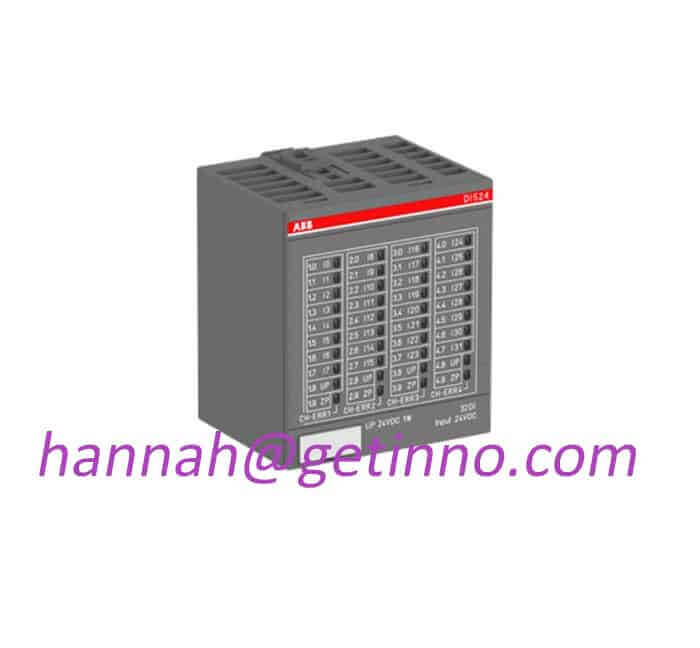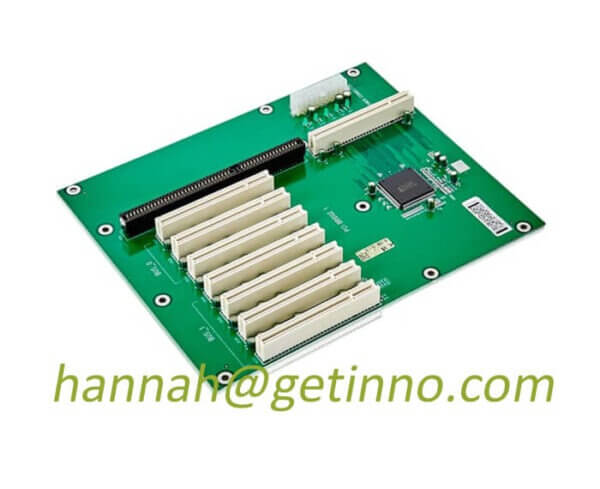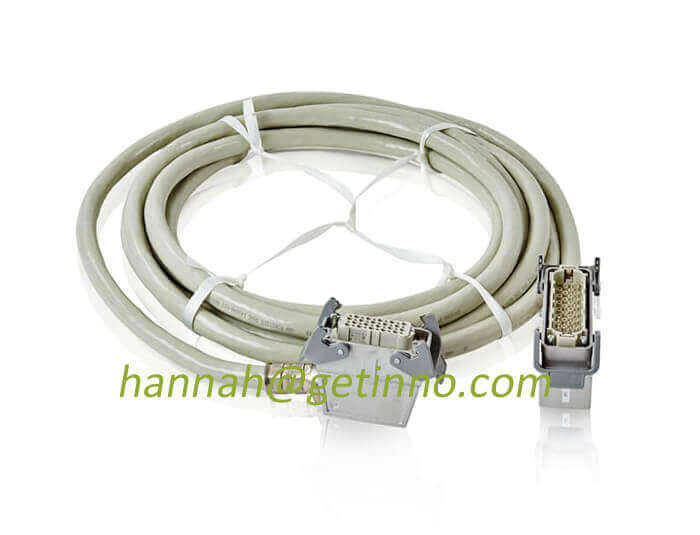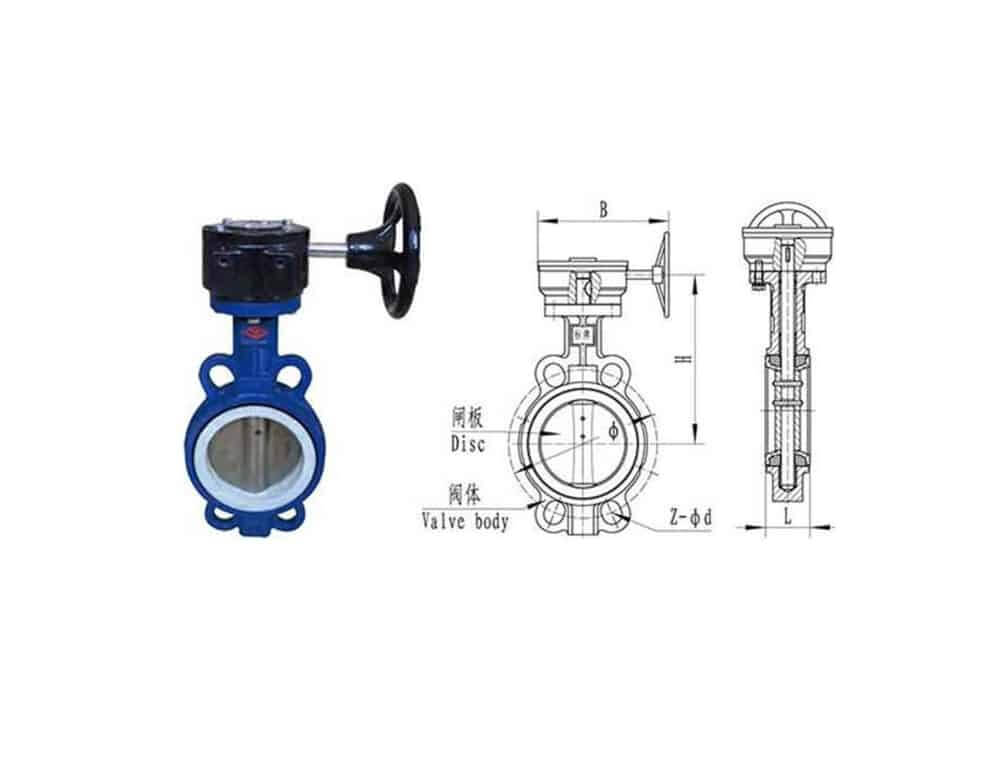What will the future of industrial mass production look like?
How much more work needs to be done manually? The author believes that with the popularization of intelligent industrialization, the robot industrial revolution will be closer and closer to us: many manual production jobs will be eliminated and replaced by intelligent robots with greater productivity and effective production cost control.
The global automation trend is accelerating, and the biggest problem facing China’s manufacturing industry will be the impact brought by machine intelligence and automation. In the foreseeable future, the robotics industry will integrate with big data, mobile communications, etc., and a robotics industry system based on service innovation may come soon.
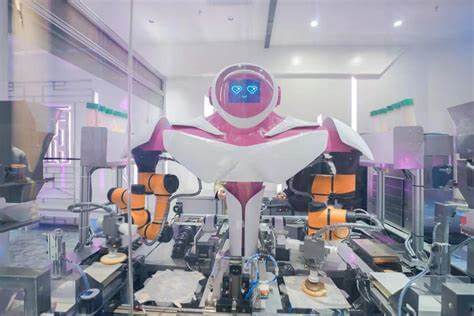
Robots appearing in factories is not new. They have become indispensable in nearly every manufacturing sector, from automotive to semiconductors. Electric-car company Tesla Inc. has a new plan in Fremont, California, to use 160 highly flexible industrial robots to assemble about 400 vehicles a week. Whenever a new car chassis arrives at the next position of the assembly line, multiple robots will surround it and work together. The robot is able to switch tools autonomously using a robotic arm to complete a variety of tasks. For example, the same robot can install seats, replace equipment, apply adhesive and put windshields in place. According to the International Federation of Robotics, global shipments of industrial robots increased by more than 60% between 2000 and 2012, with total sales in 2012 of approximately $28 billion. By far the fastest growing market in the world is China, where robotic installations grew at an annual rate of about 25% between 2005 and 2012.
At present, industrial robots also have their limitations. They can only repeat instructions in a simple and regular manner, that is to say, they have not yet reached the so-called “intelligence”. For example, in the process of moving boxes, only the transportation from point A to point B can be completed. If an accidental drop occurs on the way, the industrial robot cannot automatically recognize and pick up the goods to continue the transportation. Today, the singleness of work of industrial robots is also one of the limitations. It is difficult to customize and complete several different solutions according to customer needs on the same production line. It can be seen that the real “intelligent production” has not yet been achieved, which is also the pursuit of industrial robots.
KUKA robot marching towards Industry 4.0
On August 26, 2015, KUKA, the world’s leading robot company, landed in the body welding engineering exhibition area of the 11th Shanghai International Automobile Manufacturing Technology, Equipment and Materials Exhibition (AMTS 2015) in 2015, displaying the most advanced products and technologies.
This time, KUKA brought a robotic welding and gluing application workstation composed of three robots to the exhibition to showcase flexible automation solutions. Among them is KUKA’s latest heavy-duty robot FORTEC series KR360 R2830, which demonstrates the grabbing and handling of body-in-white parts. The QUANTEC series KR210 R2700 extra, specially developed for the automotive industry, is an excellent demonstration of welding and gluing applications for body-in-white parts.
Auto Finance All Media conducted an exclusive interview with Wang Lei, Manager of the Auto Industry Sales Department of KUKA Robotics (Shanghai) Co., Ltd. The application of robots in automobile manufacturing, he believes that robots are widely used in today’s industrial production fields, and the most representative one is the automobile industry. The application of KUKA industrial robots in the automotive field accounts for 50% to 60% of all business. Wang Lei said: “Today, labor is still the core value in the process of industrialization. At the same time, the application of robots will become a key element that defines the future development of the industry. An efficient, flexible and most importantly safe production system can only be based on fully respecting the needs of production employees. Only in this way can it be possible to realize the automation concept of sustainable development.” At this AMTS 2015, KUKA not only demonstrated how its products can improve the competitiveness of customers, but also how the company embraced this general trend in a global electronic age.
Compared with other brands in this field, KUKA robots have obvious advantages. Among the four major industrial robot families, KUKA is the most successful application in the automotive industry in the world, with the highest market share and the largest sales in China; Welding, gluing, handling, assembly, edging, laser welding, stamping, final assembly and other links in the car factory; KUKA industrial robots are maintained and updated every 2 years on average, and they are not broken in 7 to 8 years. They have extremely high reliability and greatly It reduces the cost of use and investment for the enterprise; KUKA industrial robots have great advantages in product structure, among which medium-sized robots can basically complete 95% of the work in the welding workshop; KUKA robots also have innovations in materials to make them lightweight, Aluminum alloy is used as the material; KUKA robots currently have more than 150,000 installed capacity worldwide. As of the end of August 2015, the number of orders for KUKA robots in China has exceeded the number of orders in 2014. Compared with human beings, the quality and stability of auto parts produced by industrial robots are higher. At the same time, human beings are freed from dangerous, repetitive, and heavy work to participate in more advanced intelligent research and development.
KUKA Robot (Shanghai) Co., Ltd. was established in 2000. KUKA’s industrial robots have installed more than 150,000 industrial robots around the world so far. The company manufactures five- and six-axis robots with payload capacities ranging from 3kg to 1300kg and working envelopes ranging from 635mm to 3900mm, all controlled by a computer-based control platform. KUKA robots are widely used in industries such as instruments, automobiles, aerospace, consumer products, logistics, food, pharmaceuticals, medicine, casting, and plastics. Mainly used in material handling, machine tool loading, assembly, packaging, stacking, welding, surface finishing and other fields.
KUKA robots are widely used in today’s industrial production fields, most representatively in the automotive industry. The application of KUKA industrial robots in the automotive field accounts for 50% to 60% of all business.
Links: 3bse022366r1 3bse041882r1
Pre: China Lag Behind Industry Robot? Next: Advantech AIW-210 and AIW-211, new pr...

